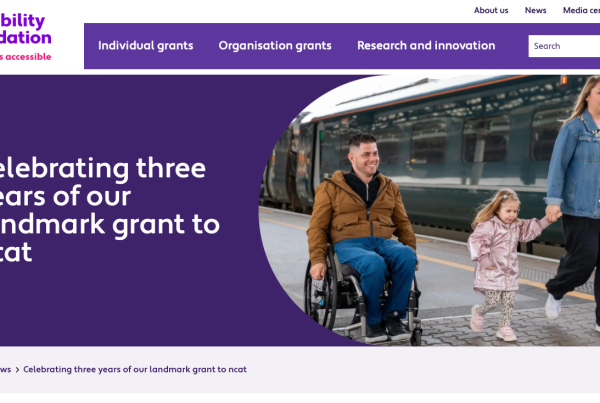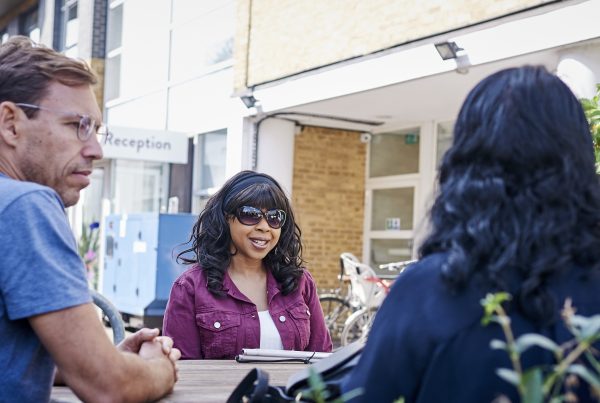
Today at ncat, we are publishing a new research project led by consortium partner, Designability, which explores the critical role of how human-centred design can improve accessibility in public transport.
The project, which involved extensive user engagement and research, explored the challenges that disabled passengers face when using buses and trains (both overground and underground). These transport systems are widely used but remain fraught with access barriers that impact disabled people, as evidenced by our body of published research Link here to all ncat projects page
The research focused on key areas where accessibility improvements can make a significant difference. These included the design of transport stations and stops, navigating through noisy, crowded, or brightly lit environments, bus interiors, and the accessibility of live travel information. Additionally, the study examined the journey planning and booking processes that disabled passengers often struggle with.
The outcome of the project is a set of eight clear and actionable design opportunities that transport authorities, manufacturers, designers, and ncat partners can implement to create more accessible and inclusive transport systems. These opportunities offer a practical roadmap for future innovation that can directly benefit disabled passengers.
Matt Ford, Director of Design & Innovation at Designability, said: “Our research identifies crucial opportunities where inclusive, human-centred design can make a real difference. This isn’t just about identifying problems—it’s about creating practical, scalable solutions alongside disabled people to improve their travel experience.”
This project highlights the importance of human-centred design in making public transport more inclusive. By collaborating closely with disabled users, the research is helping to shape transport systems that are more accessible and welcoming for everyone.
There will be a follow-up Design Opportunities webinar on Wednesday 3 December 2025 to explore this report and the design opportunities in more detail.
The link will be shared here when registration goes live.


